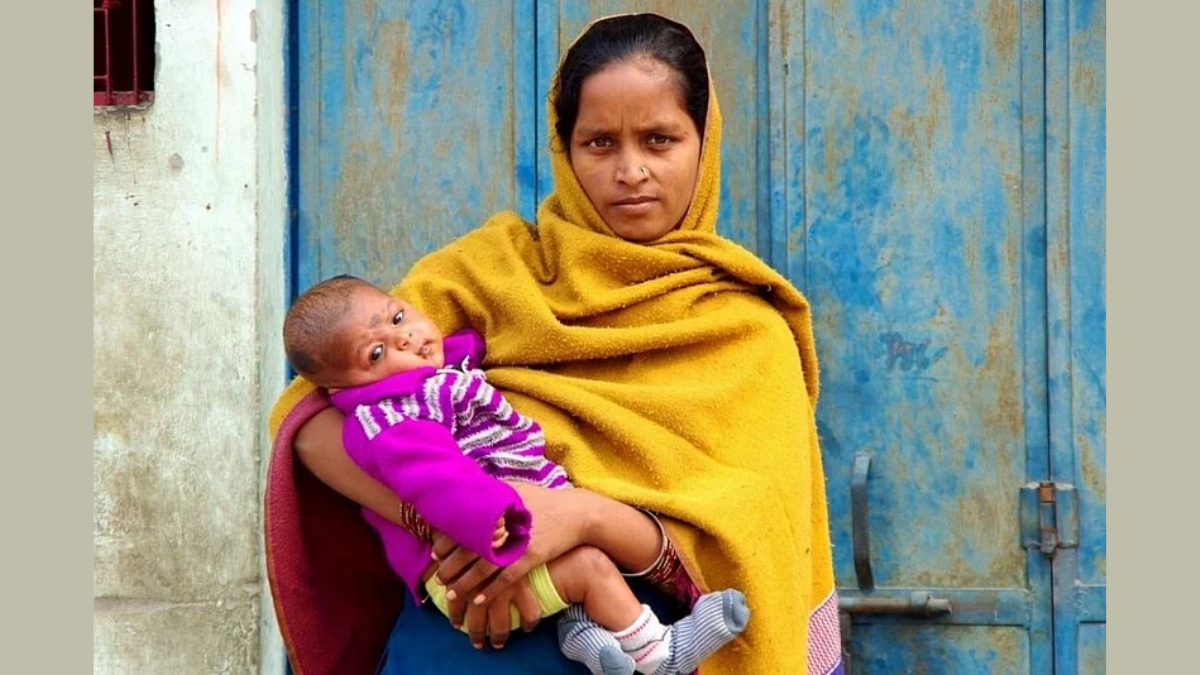
India continues to grapple with a troubling maternal health crisis, recording an average of 52 maternal deaths every single day in 2023, according to a recent report released by United Nations agencies. The country now ranks second in the world for maternal mortality, sharing the spot with the Democratic Republic of Congo (DRC), both reporting approximately 19,000 maternal deaths last year.
Table of Content:-
The alarming statistics are part of a comprehensive report jointly published by the World Health Organization (WHO), UNICEF, UNFPA, the World Bank, and the UN Department of Economic and Social Affairs.
Maternal Deaths: A Grim Reality
Maternal deaths, as defined by the UN, refer to fatalities caused by complications during pregnancy or childbirth. In 2023 alone, an estimated 260,000 women died globally from such complications — roughly one every two minutes. India and the DRC contributed to a significant portion of these fatalities, shedding light on the systemic gaps in maternal healthcare despite advancements in other areas.

Nigeria topped the list with nearly 75,000 maternal deaths, accounting for more than a quarter of all global maternal fatalities. Pakistan followed with 11,000 deaths. Combined, these four nations — Nigeria, India, DRC, and Pakistan — were responsible for nearly 50% of all maternal deaths worldwide last year.
India's Progress – Significant But Not Enough
Despite these staggering numbers, India has made considerable strides in improving maternal health outcomes over the last two decades. The country’s maternal mortality ratio (MMR) — the number of maternal deaths per 100,000 live births — has plummeted from 362 in 2000 to 80 in 2023. This marks a significant 78% reduction and reflects ongoing efforts by public health authorities to strengthen maternal care services.
Also Read: Uttar Pradesh Has Second Highest Child Mortality Rate In India, Says Union Ministry of Health and Family Welfare
However, the UN report reveals that this progress has begun to plateau in recent years. While the overall MMR has decreased, the sheer volume of annual maternal deaths indicates that access to quality healthcare remains uneven, especially in rural and underserved areas. In comparison, China, with a similarly sized population, reported only 1,400 maternal deaths in 2023, with an MMR of just 16 — highlighting the urgent need for India to scale up effective interventions.

Preventable Causes Behind Maternal Mortality
The report underscores that most maternal deaths are preventable with timely medical care. Leading causes include severe bleeding (haemorrhage), hypertensive disorders like pre-eclampsia, infections, and complications from unsafe abortions. Underlying chronic conditions such as diabetes and cardiovascular diseases also contribute to the risks women face during pregnancy and childbirth.
Also Read: Bird Flu In India: Tigers, Leopards, And Pet Cats Infected By H5N1 Virus
The lack of consistent access to skilled health professionals, shortages in life-saving drugs, and under-equipped health facilities remain significant obstacles. Disruptions in healthcare systems, especially due to recent humanitarian aid cuts, have further strained maternal services in several countries, including India.
A Call for Urgent Action
Global progress in reducing maternal mortality has slowed significantly since 2016, despite advancements in medical technologies and increased awareness. Dr. Tedros Adhanom Ghebreyesus, Director-General of the WHO, voiced concern over the stagnation: “Solutions exist, but they are not reaching those who need them most.”

India’s situation calls for immediate and sustained intervention — from improving prenatal and postnatal care, expanding institutional delivery access, ensuring timely treatment of complications, to empowering frontline health workers. Community awareness and education on reproductive health must also be prioritised.
Bottomline
While India’s efforts over the past two decades have yielded measurable improvements, the crisis is far from over. The country must double down on its commitment to maternal health, investing in robust public health infrastructure, eliminating disparities, and ensuring no woman dies while giving life. The UN’s sobering report serves as a reminder that behind every statistic is a mother, a family, and a future lost too soon.
Also watch this video
How we keep this article up to date:
We work with experts and keep a close eye on the latest in health and wellness. Whenever there is a new research or helpful information, we update our articles with accurate and useful advice.
Current Version